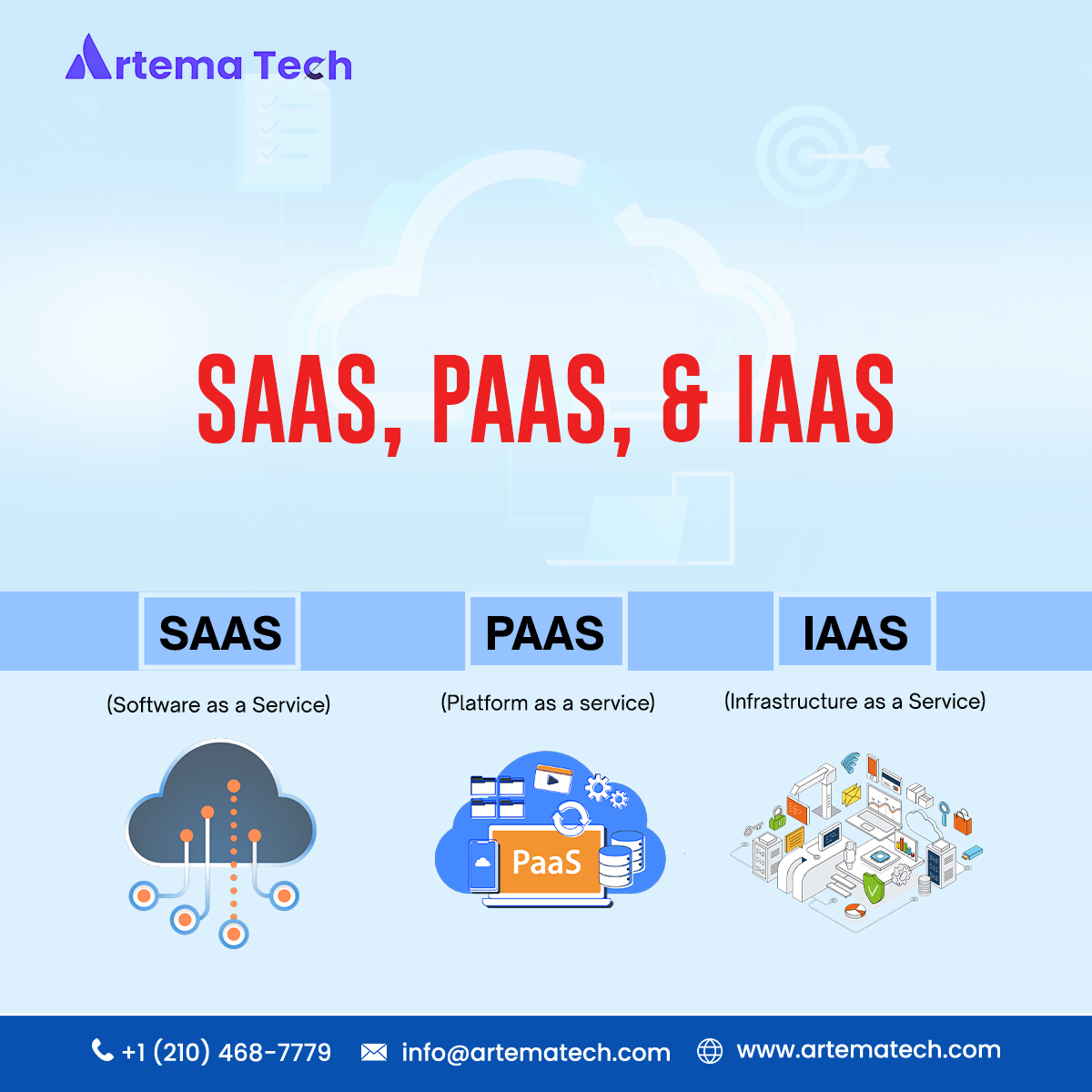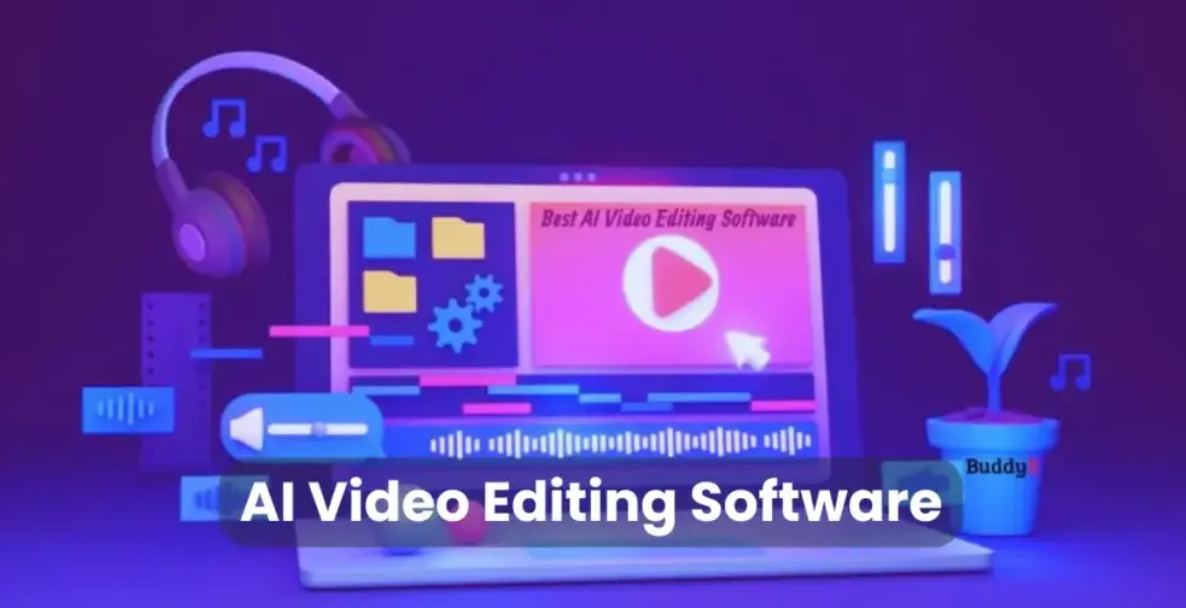Understanding the Key Features of SaaS, PaaS, and IaaS: A Simple Guide
In today’s fast-changing digital world, cloud computing plays a major role in how businesses manage their data, services, and software. Among the different models used in cloud computing, SaaS, PaaS, and IaaS stand out as the three main types. These cloud models help companies work faster, reduce costs, and improve service delivery. Though they may seem similar, each model has its own features, benefits, and use cases. In this article, we’ll take a closer look at the main features of SaaS, PaaS, and IaaS in simple terms, so that you can understand how they work and how they differ.
What is SaaS?
SaaS stands for Software as a Service. This is the most common and user-friendly type of cloud service. In SaaS, users access software over the internet. You don’t need to install anything on your computer. The service provider hosts the software and takes care of updates, maintenance, and security. All you need is a device with internet access.
The biggest advantage of SaaS is convenience. You can use the software from anywhere, at any time. Many popular services we use every day are SaaS products, such as Gmail, Google Docs, and Microsoft Office 365. These tools are easy to use and help people work on documents, send emails, or manage tasks without worrying about technical issues.
SaaS is also useful for businesses of all sizes. Small companies can save money by using SaaS tools instead of buying expensive software. Larger companies can give access to the software to many users without needing extra hardware. The service provider manages everything, so companies don’t need a full IT team to run the software.
Exploring the Features of PaaS
PaaS, or Platform as a Service, is designed mainly for developers. It provides a platform where developers can build, test, and manage applications. Unlike SaaS, which is used by end-users, PaaS offers tools and services to create software without managing the underlying hardware.
One of the key features of PaaS is that it allows developers to focus on writing code without worrying about infrastructure. The service provider takes care of the servers, storage, networking, and databases. This means faster development times and fewer headaches when it comes to system setup.
PaaS is perfect for creating custom apps, especially when speed is important. Developers can use pre-built tools, templates, and programming languages provided by the platform. This saves time and lets teams deliver new software faster. It also helps teams work together, as the platform is shared and easy to access.
Some popular examples of PaaS include Google App Engine and Microsoft Azure App Services. These platforms make it easy for developers to launch new apps and update them as needed, all while avoiding the costs and effort of managing servers themselves.
Understanding IaaS and Its Advantages
IaaS, or Infrastructure as a Service, is the most flexible cloud model. It gives users access to virtualized computing resources over the internet. These resources include virtual machines, storage, and networks. With IaaS, companies can rent IT infrastructure instead of buying physical hardware.
One of the most important features of IaaS is scalability. You can add or remove resources as your needs change. This is especially useful for businesses that experience changes in demand. For example, a retail company may need more server power during the holiday season. With IaaS, they can scale up and scale down easily.
Another benefit is cost savings. Companies don’t need to buy expensive servers or pay for maintenance. Instead, they pay only for what they use. IaaS is also great for testing and development. Developers can quickly set up test environments without waiting for hardware.
Amazon Web Services (AWS) and Microsoft Azure are two well-known IaaS providers. They offer tools for managing data, hosting websites, and storing large amounts of information. IaaS is used by both small businesses and large enterprises that need control over their infrastructure without owning it.
Comparing SaaS, PaaS, and IaaS
While SaaS, PaaS, and IaaS are all part of cloud computing, each one serves a different purpose. SaaS is for users who want software without installation. PaaS is for developers who want a ready-to-use platform to build apps. IaaS is for companies that need full control over their IT resources.
SaaS is the easiest to use. You just log in and start working. It is best for tasks like email, file sharing, and document editing. PaaS requires more technical knowledge but offers powerful tools for building custom applications. IaaS offers the most control and is ideal for IT professionals who need to run complex systems.
Choosing the right model depends on your needs. A small business may only need SaaS tools, while a growing tech company may benefit from PaaS or IaaS. Some companies use all three models together. For example, they might use SaaS for customer support, PaaS for app development, and IaaS for data storage.
Unusual Keywords: Magill Forceps and Alligator Forceps
While this article focuses on cloud computing, let’s briefly touch on Magill forceps and alligator forceps. These are medical tools used in different procedures. Magill forceps are commonly used in anesthesia to guide tubes into the throat. Alligator forceps, on the other hand, are used in ear and nasal procedures to remove foreign objects. Though these tools are far from cloud computing, their precision and purpose make them important in their own fields.
It’s interesting to note how tools like Magill forceps and alligator forceps have changed with modern medicine. Just as cloud computing has changed how we handle data and software, these medical tools have improved how doctors perform surgeries and procedures. They show how technology, whether in medicine or IT, can make tasks easier and more effective.
Final Thoughts
SaaS, PaaS, and IaaS each bring unique benefits to users and businesses. They make it easier to access software, build applications, and manage IT resources without the high costs and effort of traditional systems. SaaS offers simplicity, PaaS provides flexibility for developers, and IaaS delivers full control for infrastructure needs.
Understanding the differences between these models helps you choose the best option for your needs. Whether you’re an end-user, a developer, or a system manager, there’s a cloud model designed for you. While tools like Magill forceps and alligator forceps belong to a completely different area, they remind us that the right tool in the right hands can make a big difference—just like the right cloud service can transform how we work and grow.
For more info visit Artema Tech













